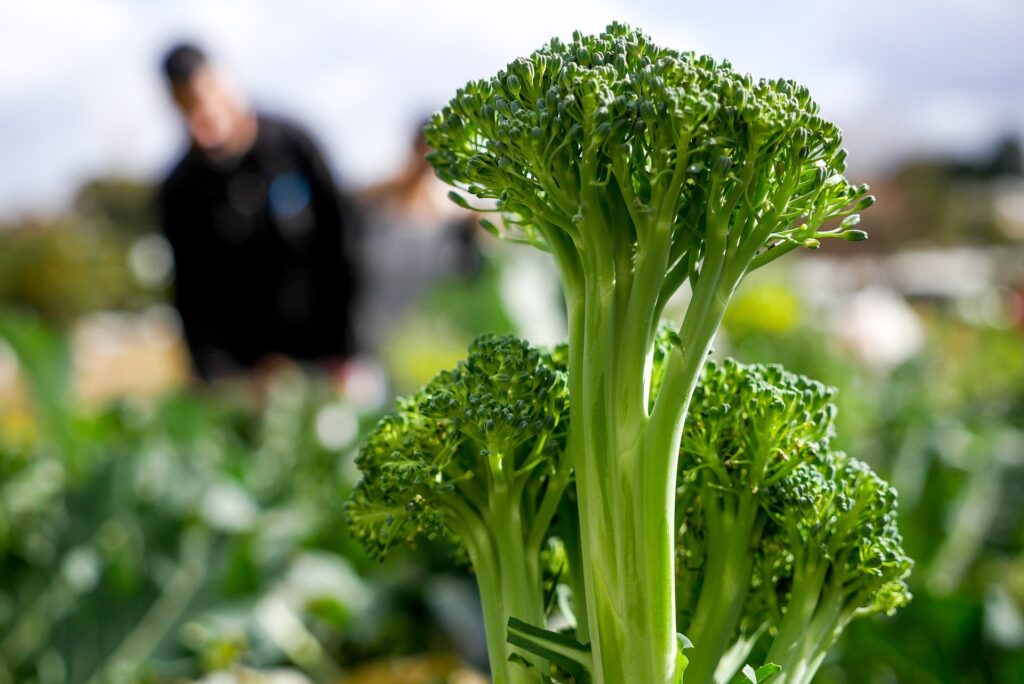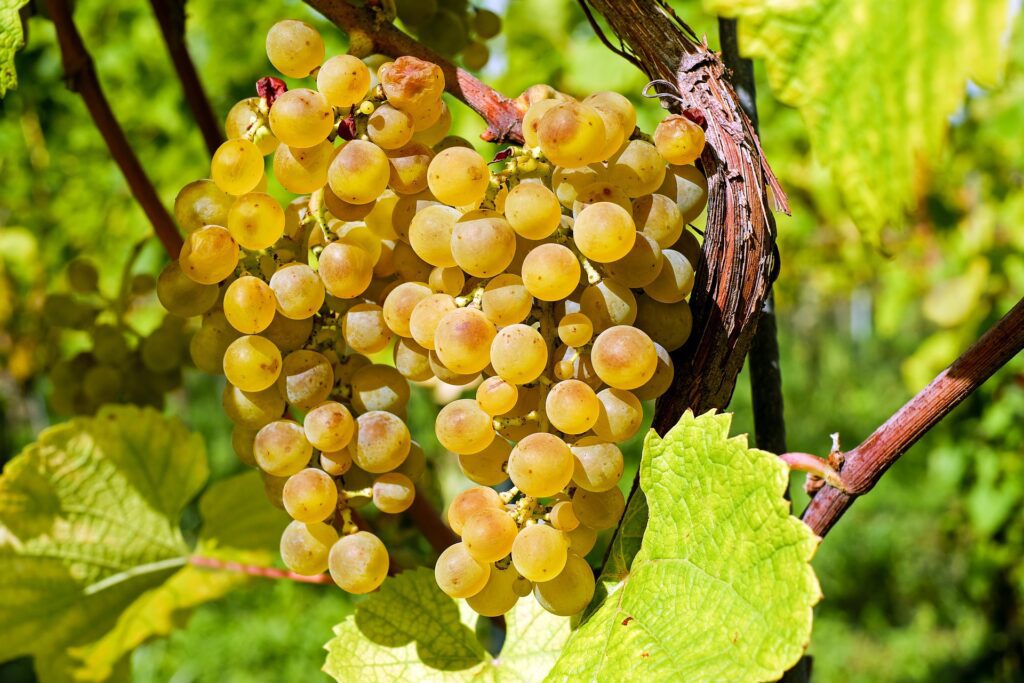Organic Farming Techniques
Table of Contents

Introduction for Organic Farming Techniques: A Guide for New Farmers
–Organic farming represents a holistic approach to agriculture, emphasizing the health of the soil, the ecosystem, and the final product. It contrasts sharply with conventional farming, which often relies on synthetic chemicals and intensive practices. For new farmers, organic farming can offer a rewarding path, not just environmentally but also in terms of community connection and sustainability. This guide will provide you with a comprehensive overview of organic farming techniques, from understanding the basics to practical tips for managing your farm. Organic Farming Techniques
Understanding Organic Farming-
Organic farming is defined by its commitment to sustainability and ecological balance. It relies on methods that work with nature rather than against it. The core principles include. Organic Farming Techniques
Sustainability: Organic farming focuses on long-term environmental health. It avoids practices that deplete or harm the soil, water, and biodiversity.
Soil Health: A key tenet is maintaining and improving soil fertility through natural means such as composting and crop rotation.
Biodiversity: Organic farms encourage a diverse range of plants and animals to promote ecological balance and reduce pest and disease outbreaks.
No Synthetic Chemicals: Organic farming prohibits the use of synthetic fertilizers, pesticides, and herbicides.Understanding these principles will help you grasp why certain techniques are used and how they contribute to the overall health of your farm.


Getting Started with Organic Farming-
Before you begin, assess your land and soil quality. Organic farming requires healthy, fertile soil, so start by:
Soil Testing: Conduct a soil test to determine nutrient levels, pH, and any contamination. This will guide your soil improvement strategies.
Regulations and Certification: Familiarize yourself with local organic certification standards. In the U.S., for example, the USDA Organic Certification is a common standard. Certification ensures that your products meet organic standards and can be marketed as such.
Farm Planning: Develop a detailed farm plan that includes crop selection, layout, and infrastructure. Consider the local climate, your soil’s capabilities, and your market needs. Starting small and gradually expanding can be a prudent approach .Organic Farming Techniques
Soil Health and Fertility-
Soil health is the foundation of successful organic farming. Techniques to improve and maintain soil fertility include:
Composting: Composting organic matter (e.g., kitchen scraps, manure, crop residues) enriches the soil with nutrients and improves its structure. Compost also enhances soil moisture retention and supports beneficial microorganisms. Organic Farming Techniques
Green Manures: Green manures are cover crops grown specifically to be tilled back into the soil. They help to fix nitrogen, improve soil structure, and suppress weeds.
Soil Amendments: Use natural soil amendments like bone meal, blood meal, or seaweed to provide essential nutrients. Organic Farming Techniques
pH Management: Regularly test soil pH and adjust it using natural substances like lime (to raise pH) or sulfur (to lower pH) as needed.
Healthy soil supports robust plant growth, reduces the need for synthetic fertilizers, and helps prevent erosion.


Pest and Disease Management-
Managing pests and diseases organically involves several strategies:
Integrated Pest Management (IPM): IPM combines biological, cultural, physical, and chemical tools to manage pests. It emphasizes the use of natural predators, crop rotation, and other non-chemical methods. Organic Farming Techniques
Biological Controls: Introduce beneficial insects (e.g., ladybugs, lacewings) that prey on harmful pests. Also, use microbial agents like Bacillus thuringiensis (Bt) to target specific pests.
Physical Barriers: Use row covers, nets, or traps to protect plants from pests. Regular monitoring and manual removal of pests can also be effective.
Disease Prevention: Rotate crops to prevent disease buildup and use disease-resistant varieties. Proper spacing and pruning can improve air circulation and reduce disease incidence.
Organic pest and disease management requires vigilance and a proactive approach but minimizes harm to the environment and non-target organisms. Organic Farming Techniques
Crop Selection and Rotation-
Choosing the right crops and implementing a rotation plan are critical for maintaining soil health and productivity:
Crop Selection: Opt for crops that are well-suited to your climate and soil conditions. Consider growing a mix of vegetables, fruits, and grains to enhance biodiversity. Organic Farming Techniques
Crop Rotation: Rotate crops annually to prevent soil depletion and reduce pest and disease pressures. For example, follow nitrogen-fixing legumes with nitrogen-demanding crops like corn.
Companion Planting: Plant compatible crops together to enhance growth and deter pests. For instance, marigolds can repel nematodes and other garden pests. Organic Farming Techniques
A diverse and well-planned crop rotation helps maintain soil fertility, reduces the risk of crop failures, and supports overall farm health.
Sustainable Practices and Resource Management-
Sustainable practices are essential for reducing your farm’s environmental impact:
Water Management: Implement water-saving techniques such as drip irrigation or rainwater harvesting systems. These methods reduce water waste and ensure efficient use of this vital resource.
Energy Efficiency: Adopt energy-efficient practices and consider renewable energy sources like solar panels or wind turbines to power farm operations. Organic Farming Techniques
Waste Management: Recycle and compost farm waste to minimize landfill use and return valuable nutrients to the soil. Manage animal manure responsibly to prevent runoff and pollution.
By incorporating these sustainable practices, you enhance the resilience and efficiency of your farm while protecting natural resources. Organic Farming Techniques
Marketing and Selling Organic Products
Effective marketing is crucial for success in the organic sector:
Market Research: Understand the demand for organic products in your area. Research local markets, grocery stores, and farmer’s markets to identify potential buyers.
Branding: Develop a strong brand that highlights your farm’s organic practices and values. Use clear labeling and certification logos to attract consumers.
Direct Sales: Selling directly to consumers through farmers’ markets, CSA (Community Supported Agriculture) programs, or farm stands can provide higher margins and build customer relationships.
Local Partnerships: Establish connections with local restaurants, grocery stores, and co-ops that value and support organic products. Organic Farming Techniques
Building a solid market presence helps ensure that you can sell your products at a fair price and establish a loyal customer base.
Common Challenges and Solutions-


New organic farmers often face challenges such as:
Pest and Disease Management: Organic methods can sometimes be less immediate than synthetic treatments. Solutions include integrating multiple strategies, using resistant varieties, and maintaining farm hygiene.
Initial Costs: Organic farming may require higher upfront costs for inputs and certification. Budget carefully, explore cost-sharing programs, and consider starting with a smaller scale.
Learning Curve: Organic farming requires a shift in mindset and practices. Continual learning through workshops, networking with other farmers, and staying updated with research can help you overcome this challenge. Organic Farming Techniques
Addressing these challenges with practical solutions and a proactive attitude will support your success in organic farming.
Resources and Support-
Numerous resources can assist new organic farmers:
Organizations: Groups such as the Organic Trade Association and local organic farming associations offer valuable resources, certification information, and networking opportunities.
Educational Resources: Look for online courses, books, and local workshops on organic farming practices.
Support Networks: Engage with local farming communities, online forums, and agricultural extension services for advice and support. Organic Farming Techniques
Utilizing these resources can provide guidance, knowledge, and a network of support as you embark on your organic farming journey.
Conclusion-
Organic farming is a rewarding and sustainable approach to agriculture that supports environmental health and produces high-quality food. By understanding the core principles, employing effective techniques, and navigating the challenges, you can build a successful organic farm. Start with careful planning, continuous learning, and a commitment to sustainability, and you’ll be on your way to making a positive impact through your farming practices. Embrace the journey with enthusiasm and dedication, and remember that every step you take toward organic farming contributes to a healthier planet and a better future. Organic Farming Techniques